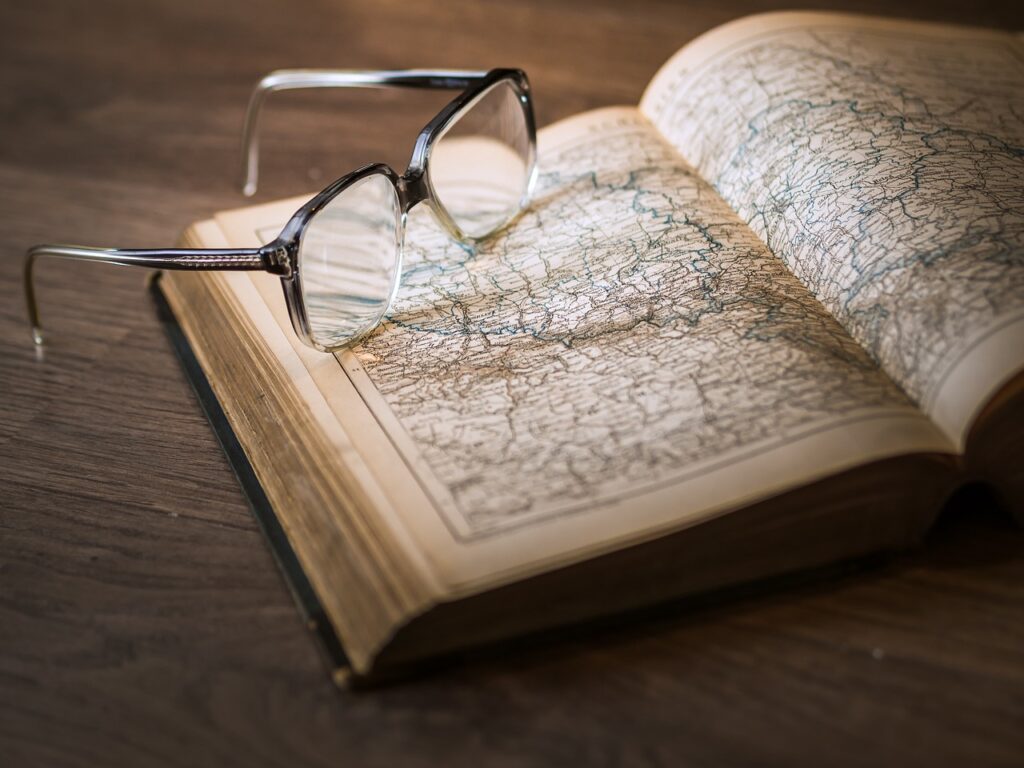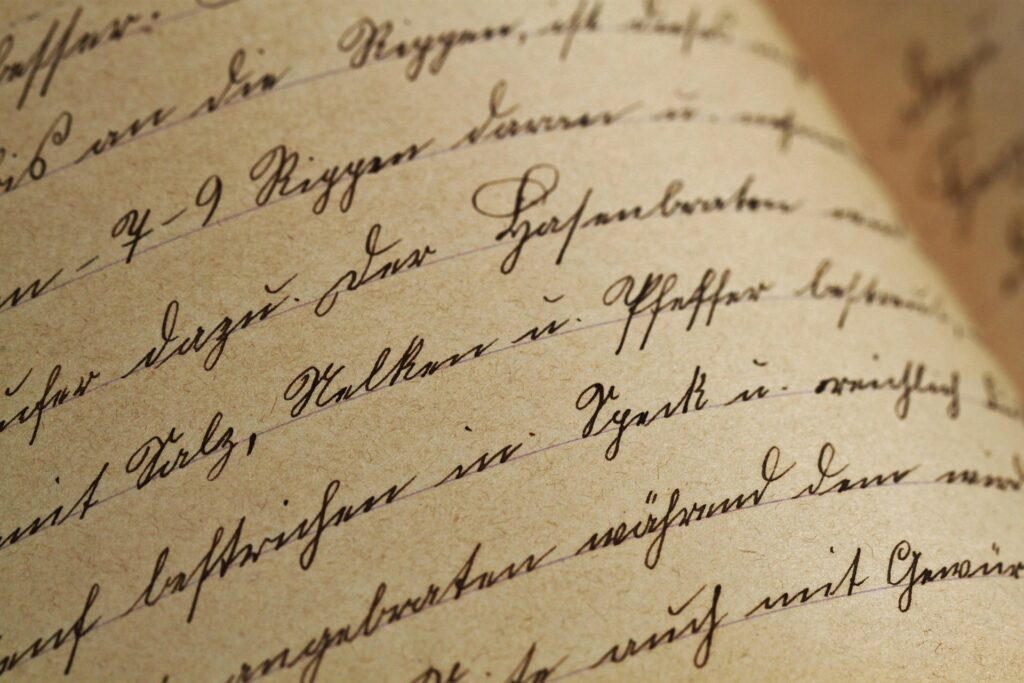Writing Tips Series
Welcome to my 2nd writing tip of my writing tips series.
Welcome to my writing tips series and this week I am going over how to make notes.
A good writing tip to make a habit of doing it is to make notes. Make some detailed notes on the last book you read – what you liked about it, what you didn’t like and also note how the author has tackled dialogue and description.

Try to analyse the writer more closely and pick out literary devices that have used such as onomatopoeia – words that sound as they are spelt, such as bang and biff. Look for other literary devices used like allegories – a story with a hidden meaning and the meaning could be moral or spiritual, an example would be J.R.R Tolkien’s The Lord of the Rings which is fight between good and evil.
Another literary device that is used by many writers is alliteration – the same letter or sound used by nearby words either in the same sentence or paragraph, an example of alliteration would be ‘the sudden stench of the soggy swamp assailed our noses’.

How has the author created imagery?
Have they used intertextuality – referencing other stories or books in the text to explain part of the story or to enhance the description of the surroundings within the story. Writers can used intertextuality by only referencing the book, but they can also reference the story within their story; by running the story parallel to their story. An example of this would be Mill on the Floss by George Elliot (Mary Evans) the story of Maggie Tulliver ran in parallel with Christian from Pilgrims Progress and Pilgrims Progress was a religious allegory
Journaling
Start journaling and note down things you’ve seen heard or thought about, these could come in useful when creating the next story. Think about creating a commonplace book, this book is only for quotes and thoughts about the quotation. A good idea to keep to your journal and commonplace book handy in case inspiration strikes. Always cite your quotations author, year of publication and page number and what the quotation relates to.
- Writing Tip 2
 Writing Tips Series Welcome to my 2nd writing tip of… Read more: Writing Tip 2
Writing Tips Series Welcome to my 2nd writing tip of… Read more: Writing Tip 2 - Writing Tip 1
 Writing Tips Series How to start writing? How to get… Read more: Writing Tip 1
Writing Tips Series How to start writing? How to get… Read more: Writing Tip 1 - Book Recommendations
 Welcome to the first week of my book recommendations, these… Read more: Book Recommendations
Welcome to the first week of my book recommendations, these… Read more: Book Recommendations - What I am Currently Reading
 Book 1: Harry Potter and the Order of the Phoenix… Read more: What I am Currently Reading
Book 1: Harry Potter and the Order of the Phoenix… Read more: What I am Currently Reading


